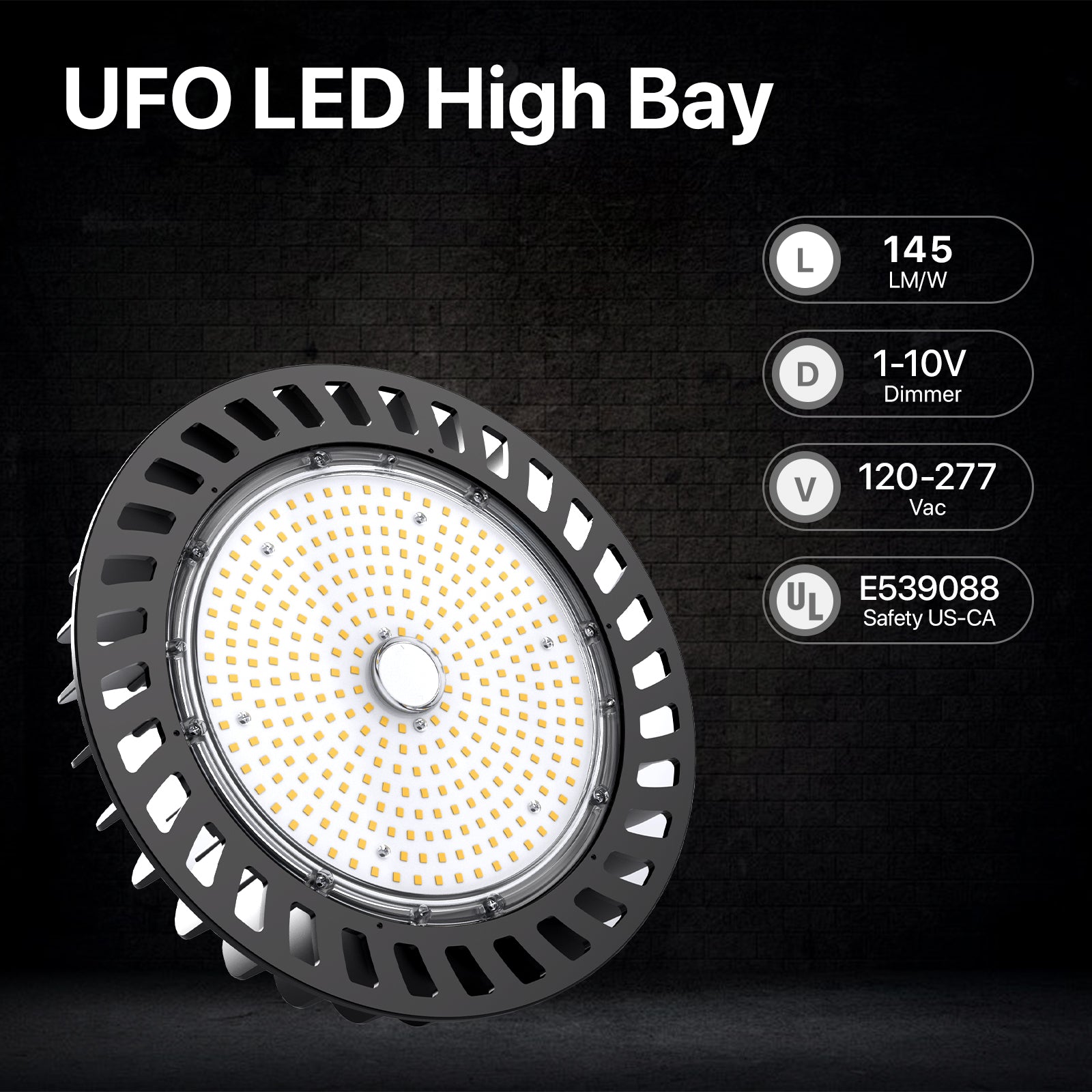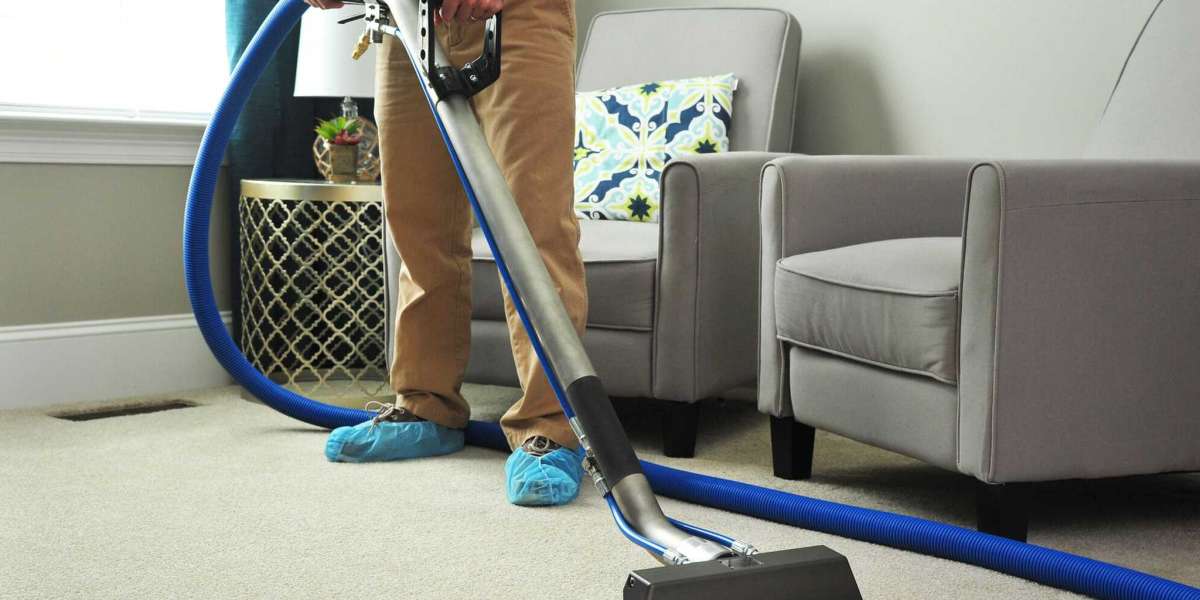Illuminate Your Space: Discover the Ultimate Guide to Industrial High Bay Lighting Solutions!
In any industrial setting, adequate lighting is not just a luxury; it is a necessity. The right lighting can significantly enhance productivity, improve safety, and create a more welcoming environment for employees and visitors alike. Industrial high bay lighting plays a crucial role in this context, as it is specifically designed to illuminate large spaces with high ceilings, such as warehouses, manufacturing plants, and distribution centers. High bay lighting comes in various types, each offering unique benefits tailored to different operational needs. In this guide, we will explore the diverse options available in industrial high bay lighting fixtures, helping you make informed decisions to brighten your space effectively.

Understanding Industrial High Bay Lighting
Industrial high bay lighting refers to lighting fixtures installed in areas with ceilings that are typically 15 feet or higher. Unlike standard lighting, which may be suitable for lower ceilings, high bay fixtures are designed to direct light downward, ensuring adequate illumination over a wider area. These fixtures are commonly used in settings such as warehouses, factories, gymnasiums, and retail spaces where large expanses of floor space require consistent lighting. High bay lighting is distinguished from low bay lighting, which is used in spaces with lower ceiling heights. Understanding the specific requirements of your environment is key to selecting the right high bay lighting solution that meets your operational needs and enhances the functionality of your space.
Types of Industrial High Bay Lighting Fixtures
When exploring industrial high bay lighting options, you will encounter several types of fixtures, each with its advantages and disadvantages. The three most common types include LED, fluorescent, and metal halide lighting. Each of these options varies in terms of energy efficiency, light output, and application suitability. Understanding these differences is essential for making an informed choice that aligns with your lighting needs and budget.
LED High Bay Lighting
LED high bay lighting has gained immense popularity in recent years, primarily due to its exceptional energy efficiency and long lifespan. These fixtures consume significantly less power compared to traditional lighting options, resulting in lower electric bills and reduced carbon footprint. Additionally, LED lights can last up to 50,000 hours or more, minimizing the need for frequent replacements. A friend of mine who operates a warehouse switched to LED high bay lights and noticed not only a drastic reduction in energy costs but also an improvement in overall visibility, which has positively impacted productivity. Their bright, focused light enhances color rendering, making it easier for employees to perform tasks accurately and safely.
Fluorescent High Bay Lighting
Fluorescent high bay lighting is another option that many industrial facilities consider. These fixtures are often more cost-effective upfront compared to LED options, making them an attractive choice for businesses on a tight budget. Fluorescent lights provide a decent level of brightness and are commonly used in warehouses and workshops. However, they do have limitations, such as a shorter lifespan and less energy efficiency than LEDs. My colleague, who works in a manufacturing plant, shared that while the fluorescent high bays were initially economical, they faced challenges with flickering and frequent bulb replacements, leading them to reconsider their lighting strategy.
Metal Halide High Bay Lighting
Metal halide high bay lighting is known for its bright, high-quality light output, making it suitable for environments requiring excellent visibility. These fixtures are often used in large spaces such as sports arenas and warehouses. However, they consume more energy than LED and fluorescent options and have a shorter lifespan, typically around 15,000 hours. My neighbor, who manages a gym, installed metal halide lights and was impressed by the brightness, which made the space feel more inviting. Yet, they later realized that the high energy costs were a significant drawback, prompting them to explore alternatives for the long term.
Factors to Consider When Choosing High Bay Lighting
When selecting high bay lighting solutions, several key factors should be considered to ensure optimal performance and suitability for your specific environment. First, assess the ceiling height of your facility, as this will influence the type of fixture you choose and the necessary wattage to achieve adequate light levels. Next, evaluate the light output requirements based on the tasks performed in the space; different activities may need varying levels of illumination. Energy efficiency is another critical consideration, as investing in energy-efficient lighting can lead to significant cost savings over time. Lastly, consider the maintenance needs of each lighting type, as some fixtures require more upkeep than others, impacting your overall operational efficiency.
Installation and Maintenance of High Bay Lighting
Installing high bay lighting fixtures requires careful planning and consideration of safety precautions. It’s essential to follow manufacturer guidelines and local codes to ensure a secure and compliant installation process. Depending on the type of fixture and the layout of your space, you may need professional assistance for installation, especially if the ceiling height poses challenges. Once installed, regular maintenance is crucial to ensure the longevity and optimal performance of your lighting system. This includes cleaning fixtures to prevent dust accumulation, checking for any signs of wear or damage, and replacing bulbs as needed. By implementing a maintenance schedule, you can maximize the lifespan of your high bay lighting and enhance the overall functionality of your industrial space.
Key Takeaways on Industrial High Bay Lighting Solutions
In conclusion, selecting the right industrial high bay lighting is vital for enhancing productivity, safety, and overall efficiency in your workspace. By understanding the different types of high bay lighting fixtures available, considering key factors such as ceiling height and energy efficiency, and implementing proper installation and maintenance practices, you can make informed decisions that meet your specific lighting needs. As you explore your options, remember that the right lighting solution can make a significant difference in creating a well-lit environment conducive to success.








